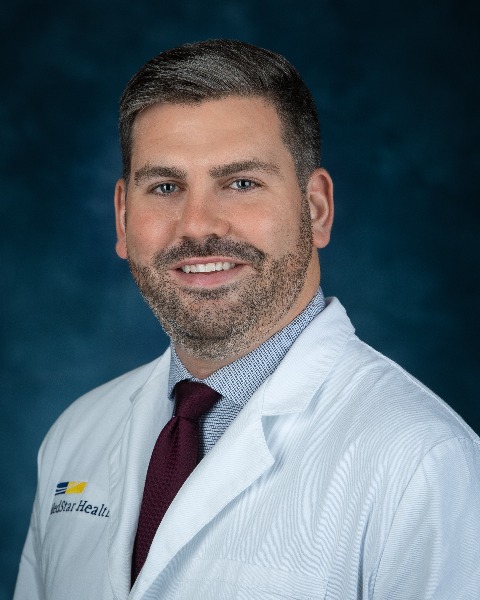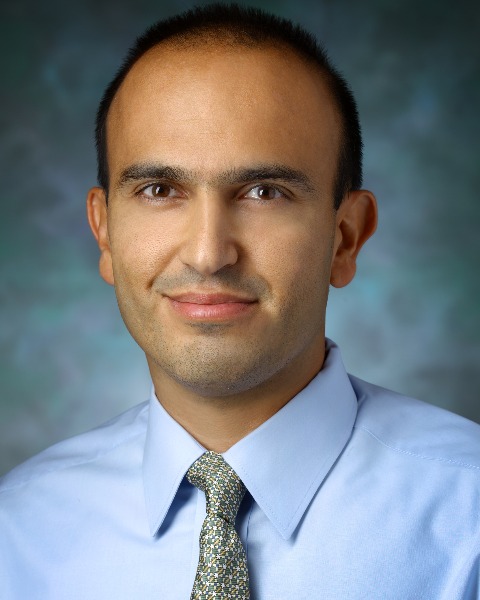SIR 2025
Transplant Interventions
Scientific Session
Essential Role of Interventional Radiology in the Care of Patients after Organ Transplant: a Quantitative Retrospective Analysis

Clark R. Restrepo, MD (he/him/his)
Resident Physician
Medstar Georgetown University Hospital, United States- LH
Lubaba Hasan, BS
Data Specialist
Medstar Georgetown Transplant Institute, United States - AK
Alexander Kroemer, MD
Transplant Surgeon
Medstar Georgetown Transplant Institute, United States 
Nora Tabori, MD (she/her/hers)
Associate Professor
MedStar Washington Hospital Center, United States
Emil I. Cohen, MD, FSIR
Associate Professor
Medstar Georgetown University Hospital, United States
Presenting Author(s)
Author/Co-author(s)
To retrospectively evaluate the role of interventional radiology in the care of patients after solid organ transplant by quantifying the number and types of procedures performed at a major transplant center.
Materials and Methods:
All adult patients who underwent single organ kidney or liver transplant between January 2019 and June 2024 were included in the study. Pediatric patients and adult patients who underwent dual organ (i.e. simultaneous liver and kidney), bowel or multi-visceral transplant were excluded. Patient charts were queried for any procedure performed by IR between post-operative day 0 and 1-year post-transplant. Procedures were categorized as vascular access related, venous, arterial, enteral, biliary/genitourinary, drainage, oncology, biopsy, and pain related.
Results:
Between January 2019 and June 2024, 490 liver and 1347 kidney transplants were performed. IR performed a procedure on 49.2% (241/490) of liver transplant patients and 42.5% of kidney transplant patients (573/1347). During this period, these patients underwent 2,169 IR procedures during 1,958 encounters, with many patients undergoing more than one procedure per encounter (average 1.1 ± 0.3, range 1-4). Patients underwent an average of 2.7 ± 2.9 procedures in IR during the first year after transplant with a range of 1-31 procedures being performed on a single patient. The most common procedures performed were biopsies (805/2169, 37.1%) and vascular access related procedures (624/2169, 28.8%). IR performed 111 arterial and 131 venous procedures during this period. One hundred thirty three of the 1,958 (6.8%) IR procedural encounters occurred within the first week after transplant with 432/1,958 (22.1%) occurring within the first month and 1,192/1,958 (60.9%) within the first 6 months.
Conclusion:
Interventional radiology plays an essential and quantifiable role in the immediate and long-term care of patients after liver and kidney transplant. A robust IR division at any major transplant center is crucial for patient care and a successful transplant program.


.jpg)